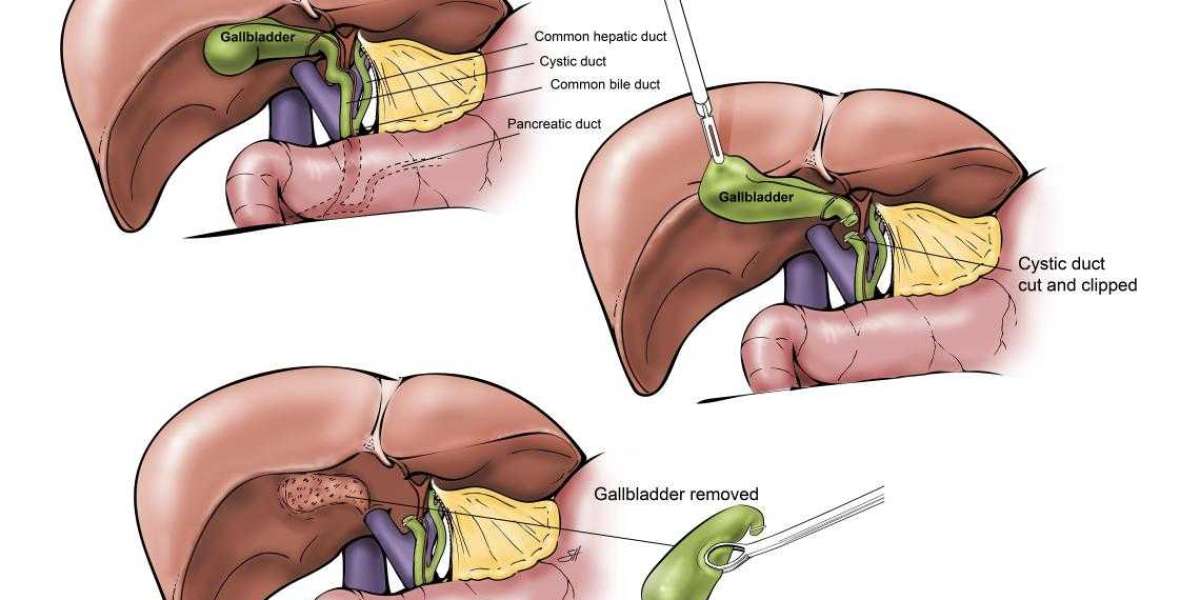In today’s global market, food safety is a paramount concern for consumers, producers, and regulatory bodies alike. One of the most effective ways to ensure the safety and quality of food products is through HACCP certification. HACCP, which stands for Hazard Analysis and Critical Control Points, is a systematic preventive approach to food safety. This blog will delve into the importance of HACCP certification, its principles, and the steps involved in obtaining it.
What is HACCP Certification?
HACCP certification is a process that verifies that a food business has developed, documented, and implemented systems and procedures in accordance with the HACCP principles to ensure food safety. The certification is recognized internationally and is a legal requirement in many countries for certain types of food production.
Importance of HACCP Certification
- Consumer Safety: The primary goal of HACCP certification is to prevent food safety hazards, thereby protecting consumers from foodborne illnesses.
- Regulatory Compliance: Many countries mandate HACCP certification for food businesses, ensuring that they comply with national and international food safety regulations.
- Market Access: HACCP certification is often a prerequisite for exporting food products to various international markets, opening doors for businesses to expand globally.
- Reputation and Trust: Having HACCP certification enhances a company's reputation, building trust with consumers, partners, and stakeholders by demonstrating a commitment to food safety.
- Risk Management: It helps in identifying potential hazards and implementing control measures, reducing the risk of contamination and recalls.
Principles of HACCP
HACCP is based on seven core principles that guide food safety management systems:
- Conduct a Hazard Analysis: Identify potential hazards that could affect food safety, including biological, chemical, and physical hazards.
- Determine Critical Control Points (CCPs): Identify points in the process where controls can be applied to prevent or eliminate hazards or reduce them to safe levels.
- Establish Critical Limits: Set maximum or minimum limits for each CCP to ensure it remains under control.
- Establish Monitoring Procedures: Develop procedures to monitor CCPs and ensure they remain within critical limits.
- Establish Corrective Actions: Define actions to be taken when monitoring indicates a deviation from critical limits.
- Establish Verification Procedures: Implement activities to confirm that the HACCP system is working effectively.
- Establish Record-Keeping and Documentation Procedures: Maintain detailed records of all HACCP procedures and findings for accountability and traceability.
Steps to Achieve HACCP Certification
- Assemble a HACCP Team: Form a team of individuals with diverse expertise in various aspects of the food production process to develop and implement the HACCP plan.
- Describe the Product and Its Distribution: Clearly outline the product's characteristics, ingredients, processing methods, and distribution channels.
- Identify Intended Use and Consumers: Define the intended use of the product and identify the target consumers.
- Construct Flow Diagrams: Create flow diagrams depicting each step of the production process, from raw material receipt to the final product.
- On-Site Confirmation of Flow Diagrams: Validate the flow diagrams through on-site inspections to ensure accuracy.
- Conduct a Hazard Analysis: Identify and assess potential hazards at each step of the process and determine control measures.
- Determine Critical Control Points (CCPs): Identify steps where controls are essential to prevent or eliminate hazards.
- Establish Critical Limits for Each CCP: Set criteria that must be met to ensure each CCP is under control.
- Establish Monitoring Procedures: Develop procedures to regularly monitor CCPs.
- Establish Corrective Actions: Plan actions to correct deviations from critical limits.
- Establish Verification Procedures: Implement methods to verify the effectiveness of the HACCP system.
- Establish Documentation and Record-Keeping: Keep detailed records of the HACCP plan, monitoring results, and corrective actions taken.
Benefits of HACCP Certification
- Enhanced Food Safety: Ensures that food safety hazards are identified and controlled.
- Regulatory Compliance: Helps meet regulatory requirements and avoid legal issues.
- Improved Efficiency: Streamlines production processes by identifying and eliminating potential hazards.
- Increased Market Opportunities: Opens up new markets and increases consumer confidence.
- Reduced Costs: Minimizes food safety incidents and recalls, reducing associated costs.
Conclusion
HACCP certification is an essential component of modern food safety management. It not only ensures the safety and quality of food products but also helps businesses comply with regulations, improve efficiency, and gain access to global markets. By adhering to the principles and steps outlined above, food businesses can achieve HACCP certification and demonstrate their commitment to delivering safe and high-quality products to consumers worldwide.








